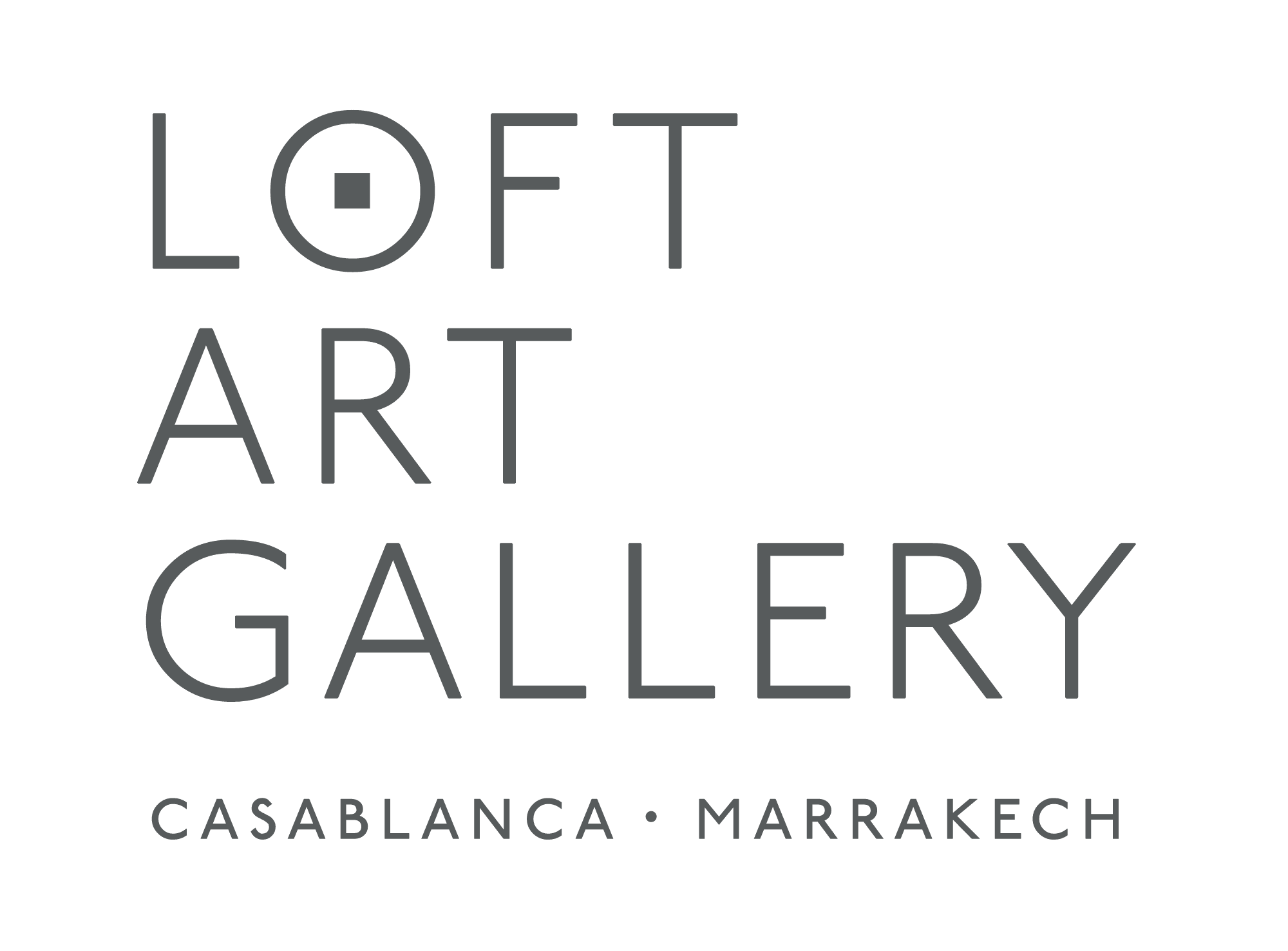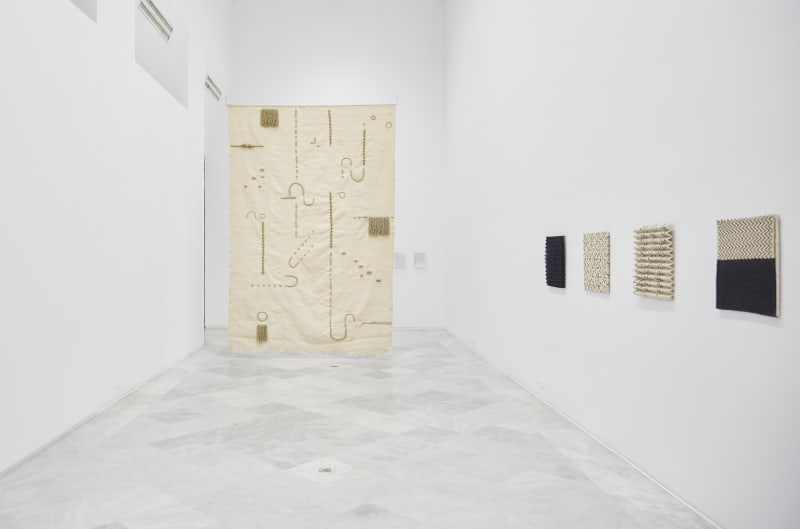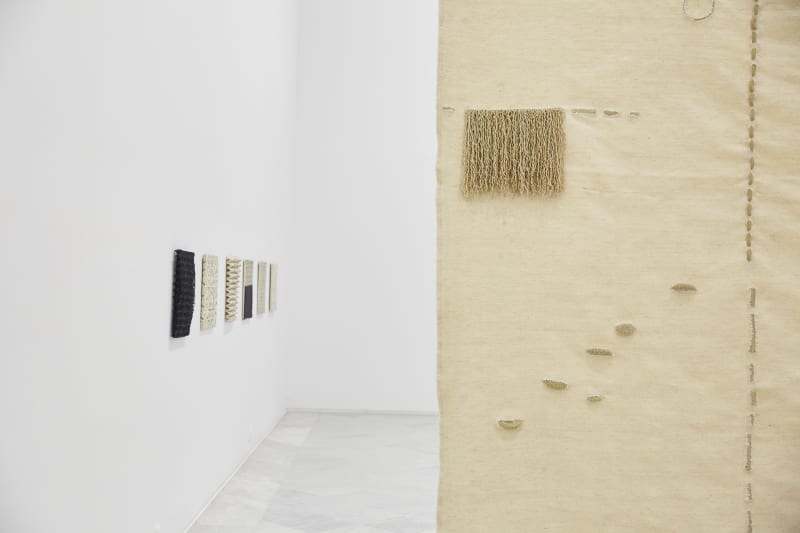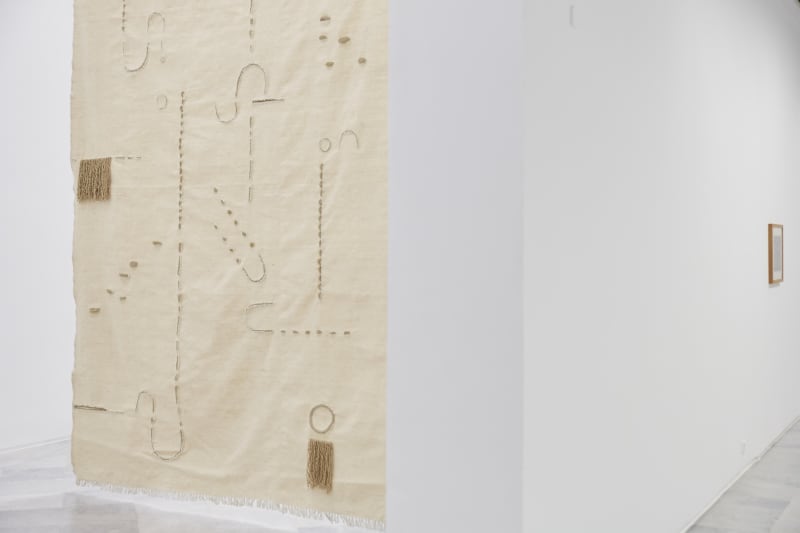From March 4 to July 5 2020
The work Act 1, Embodying the visible, Act 2, Acting the invisible by the artist Amina Agueznay in collaboration with Ghitha Triki is presented in the exhibition Désorientalismes by the CAAC of Seville, curated by Juan Antonio Álvarez Reyes.
The exhibition Disorientalisms, part of this museum's ongoing enquiry into artistic production in North Africa and the Near East, is based on Edward W. Said's famous book Orientalism, first published in 1978. The show attempts to explore a geography invented by colonialism that aims to "orientalize the oriental" in cultural representations. The title of the show alludes to this legacy as well as to the idea of disorientation, a loss of bearings that can generate cartographies other than those drawn by Western historians. Thanks to its historic ties with the East, Andalusia participated in this orientalizing vision, as attested by numerous Romantic travellers, and its geographical situation makes it a tangential border zone. Moreover, as Said accurately noted in the preface to the Spanish edition of his book, "Andalusia is a great symbol", not only because Islam was a part of its culture for several centuries, but also because it exemplifies a social model in which "cultures share", as opposed to the old model of imperial domination.
Connections emerge between different works along the exhibition itinerary, and these in turn may lead to other links, for Disorientalisms is only the first in a series of shows planned for the coming years, as the museum continues the investigative process begun with solo exhibitions like those dedicated to Ala Younis and Bouchra Khalili. The migration of forms, and how they are transformed and resignified over time and in space, begins a tour marked by the formal, with a special emphasis on juxtaposition and the two way road from traditional non-Western art to the modern movement, perhaps best symbolized by the term "arabesque" and the questions that Kamrooz Aram and Amina Agueznay raise about it. Gülsün Karamustafa's four works from the 1970s, displayed in a transitional space, elaborate on and serve as a nexus between the preceding pieces and Ariella Aïsha Azoulay's vision of the conflict that is the legacy of colonialism and its current ramifications. Moving on, the works of Teresa Solar and Asunción Molinos Gordo-two Spanish artists with strong ties to Egypt-challenge the orientalizing vision of the oriental. Finally, Asli Çavusoglu and Jumana Manna use cultural traditions-music and colour, respectively-to talk about two sets of communities in conflict: Turks and Armenians, and Israelis and Palestinians.




